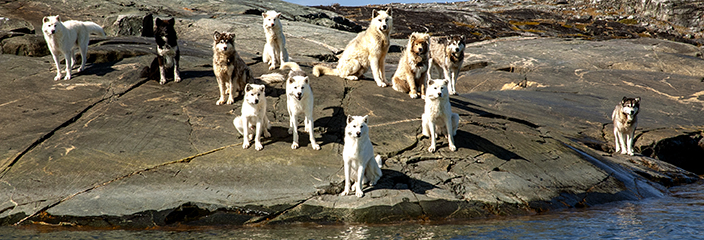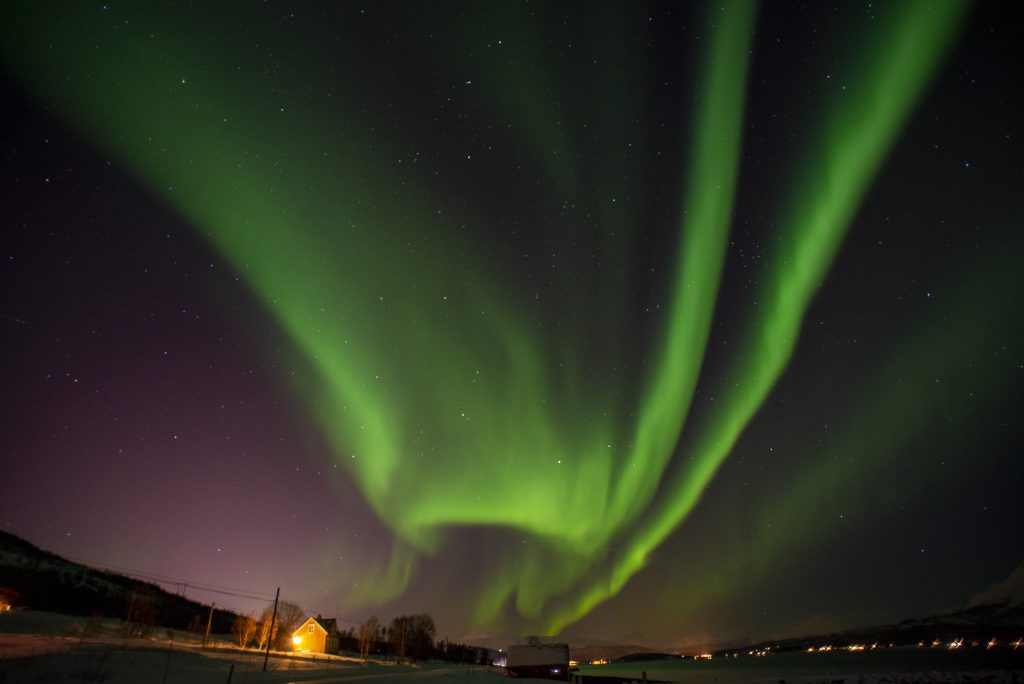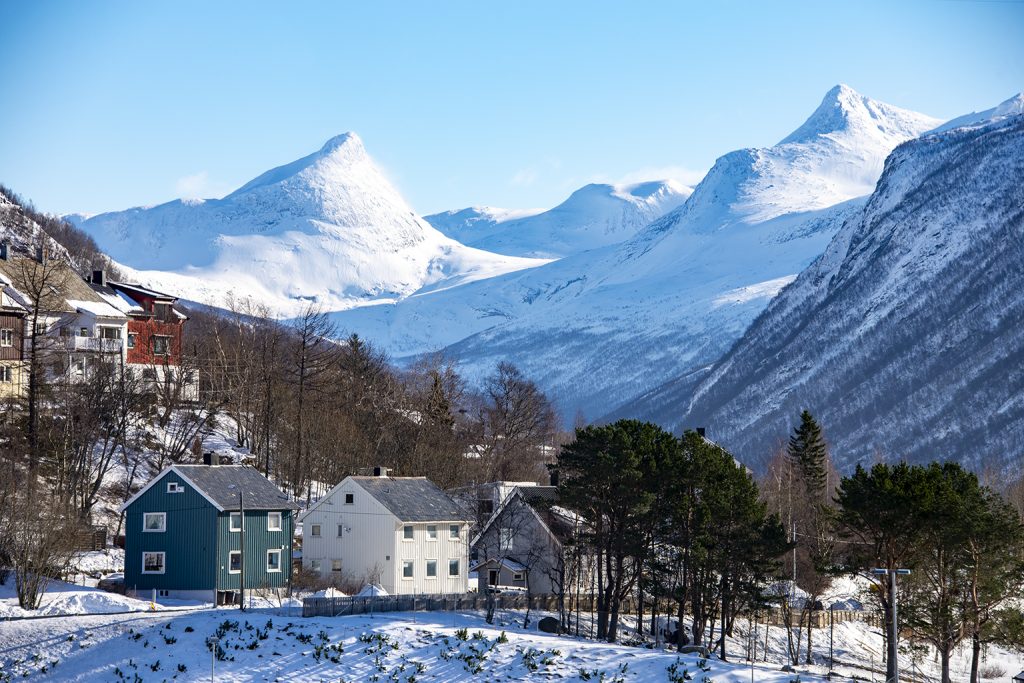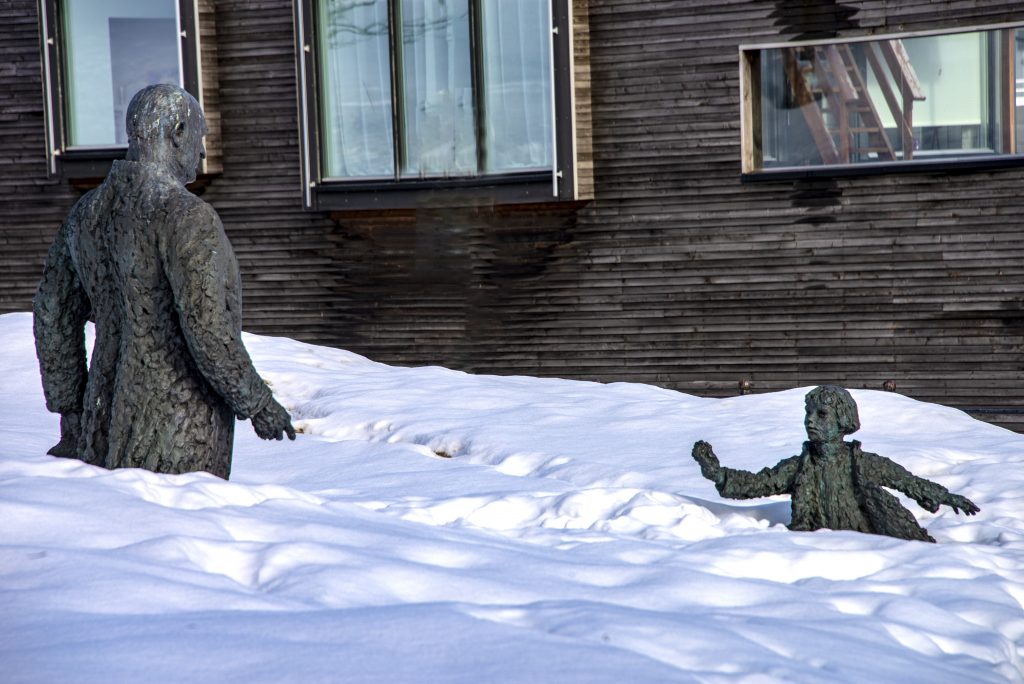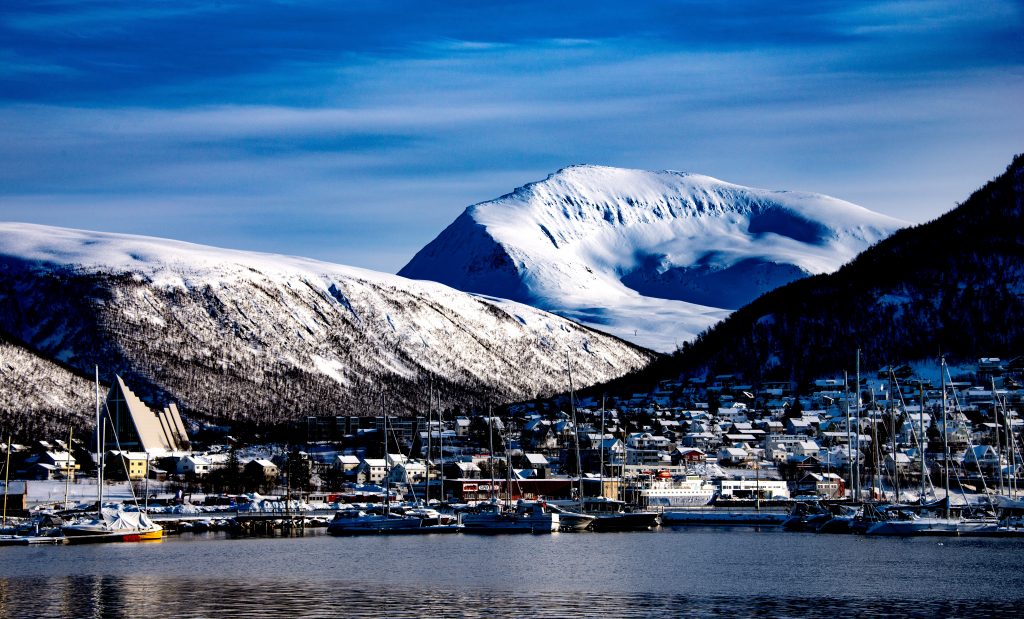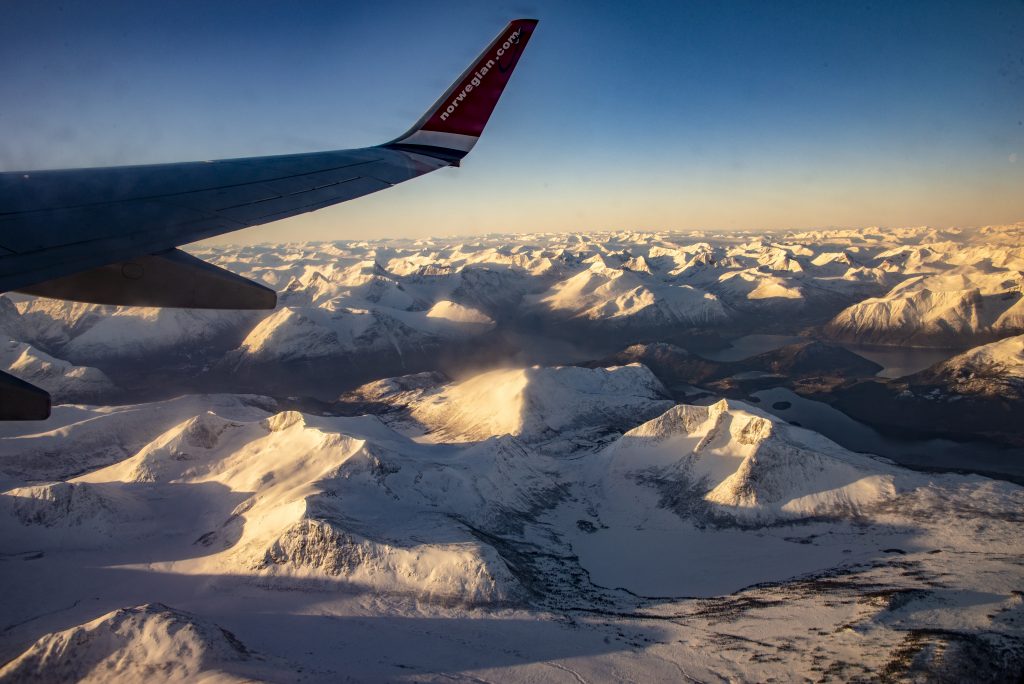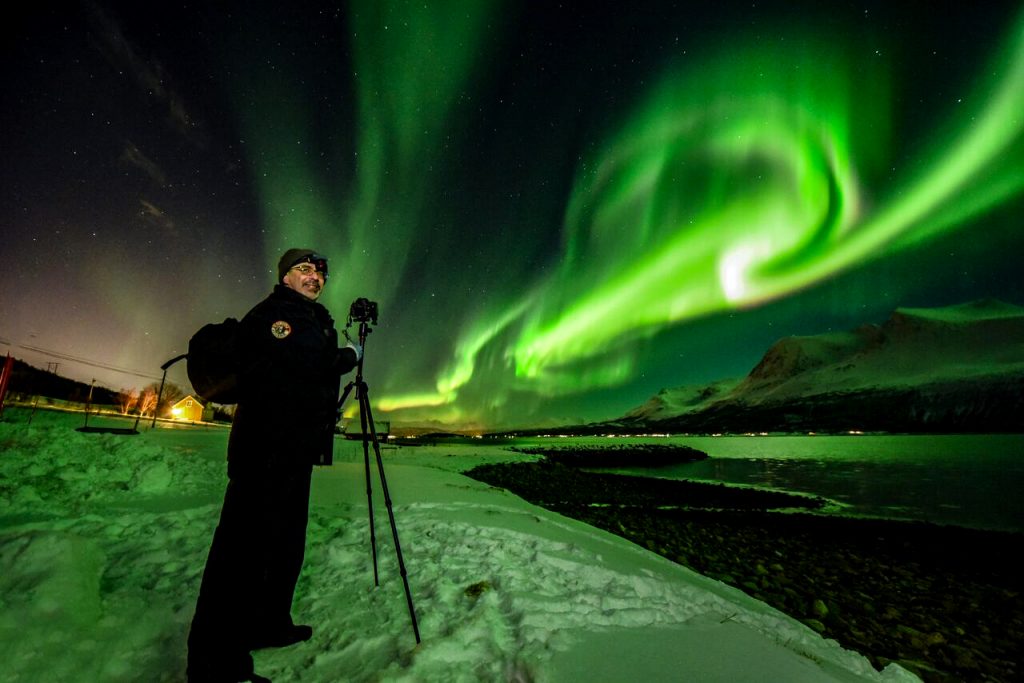By Corey Sandler
Honfleur is a medieval gem, hidden in plain sight, between the major French port of Le Havre across the Seine to the east and the D-Day beaches of Normandy to the west.
The town sits on the southern bank of the estuary of the River Seine, which winds its way inland past Rouen to Paris.
To the east is Normandy, the site of the D-day landings of June 6, 1944. We just missed the international commemoration of the 75th anniversary. Speaking for myself, I felt better about my visit–perhaps my tenth– without the distraction of bloviating politicians.
Here are some scenes from 11 June at Omaha Beach, the American cemetery at Colleville-sur-Mer, and at Arromanches.
THE D-DAY BEACHES AT NORMANDY



BAYEUX
Also along the Normandy coast is the handsome city of Bayeux, home to one of the cultural treasures of humankind: The Bayeux Tapestry. It depicts the events leading up to the Norman conquest of England culminating in the Battle of hastings in 1066, from the point of view of the Normans.




HONFLEUR
Honfleur was the birthplace of the artist Eugène Boudin and the composer and artist Erik Satie. And it was a favored place to visit for French painters Claude Monet and Gustave Courbet, English landscape artist William Turner, and writer and critic Charles Baudelaire.
While much of Le Havre on the other side of the river, and Normandy were pounded by the Allies in the lead-up to the D-Day landing or by the Germans in defending it, Honfleur survived the war relatively untouched.
During German occupation, authorities in Honfleur allowed the River Seine to silt up the harbor, making it of little military value. After the war, the harbor was dredged and was once again useful.
As a result, Honfleur is among the best preserved towns in Europe.
Honfleur dates back at least to the 11th century. From the start it was an important port for the transit of goods from Rouen to England. With the outbreak of the Hundred Years’ War, though, the tide ran the other way: Honfleur was occupied by the English in 1357 and again from 1419 to 1450.
Back under French control, it was used as the staging area for attacks on the English coast: Sandwich was assaulted and severely damaged in 1450s.
After the end of the Hundred Years War, the port was used for both trade and as the embarkation point for exploration: Local shipowner Binot Paulmier de Gonneville departed Honfleur in 1503 looking for a trade route to India. His ship “L’Espoir” (Hope) made it all the way to Brazil, the first French ship to touch its shores.
Three years later, native son Jean Denis went to Newfoundland island and the mouth of the Saint Lawrence in what is now Canada. That’s the course we’ll be following two months from now, when Silver Wind crosses over from London to Iceland and to the New World.



All photos and text Copyright 2019 by Corey Sandler, all rights reserved. See more photos on my website at http://www.coreysandler.com
IF YOU WOULD LIKE TO PURCHASE ANY PHOTO OR AN AUTOGRAPHED COPY OF ONE OF MY BOOKS, PLEASE CONTACT ME.
SEE THE “How to Order a Photo or Autographed Book” TAB ON THIS PAGE FOR INSTRUCTIONS
————-
Now available, the revised Second Edition of “Henry Hudson Dreams and Obsession” by Corey Sandler, for the Amazon Kindle. You can read the book on a Kindle device, or in a Kindle App on your computer, laptop, tablet, or smartphone.
Here’s where to order an electronic copy for immediate delivery:
